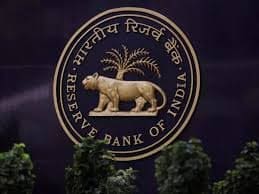
The Reserve Bank of India (RBI) has reduced the repo rate by 25 basis points, bringing it down to 6%. This marks the second consecutive rate cut in 2025, reflecting the central bank’s shift to an accommodative stance aimed at stimulating economic growth amid global uncertainties, including recent U.S. tariff actions.
Impact on Loans:
A reduction in the repo rate typically leads to lower borrowing costs for banks, which can translate into reduced interest rates on various loans for consumers. Here’s how different types of loans might be affected:
- Home Loans: Borrowers with existing loans linked to external benchmarks, such as the repo rate, may see a decrease in their equated monthly installments (EMIs). For new borrowers, banks might offer loans at more attractive interest rates, enhancing affordability.
- Auto and Personal Loans: Similar to home loans, interest rates on auto and personal loans could decrease, making these loans more affordable for consumers.
However, the actual impact on individual EMIs will depend on how promptly and to what extent banks pass on the benefits of the rate cut to customers. Some banks may adjust their lending rates immediately, while others might take longer.
Considerations for Borrowers:
- Loan Type and Terms: The effect of the rate cut will vary based on whether your loan has a fixed or floating interest rate. Floating rate loans are more likely to see immediate changes.
- Bank Policies: Each bank’s response to the RBI’s rate cut can differ. It’s advisable to consult with your bank to understand how your loan might be affected.
- New Borrowers: If you’re considering taking a new loan, this could be an opportune time to secure financing at a lower interest rate.





